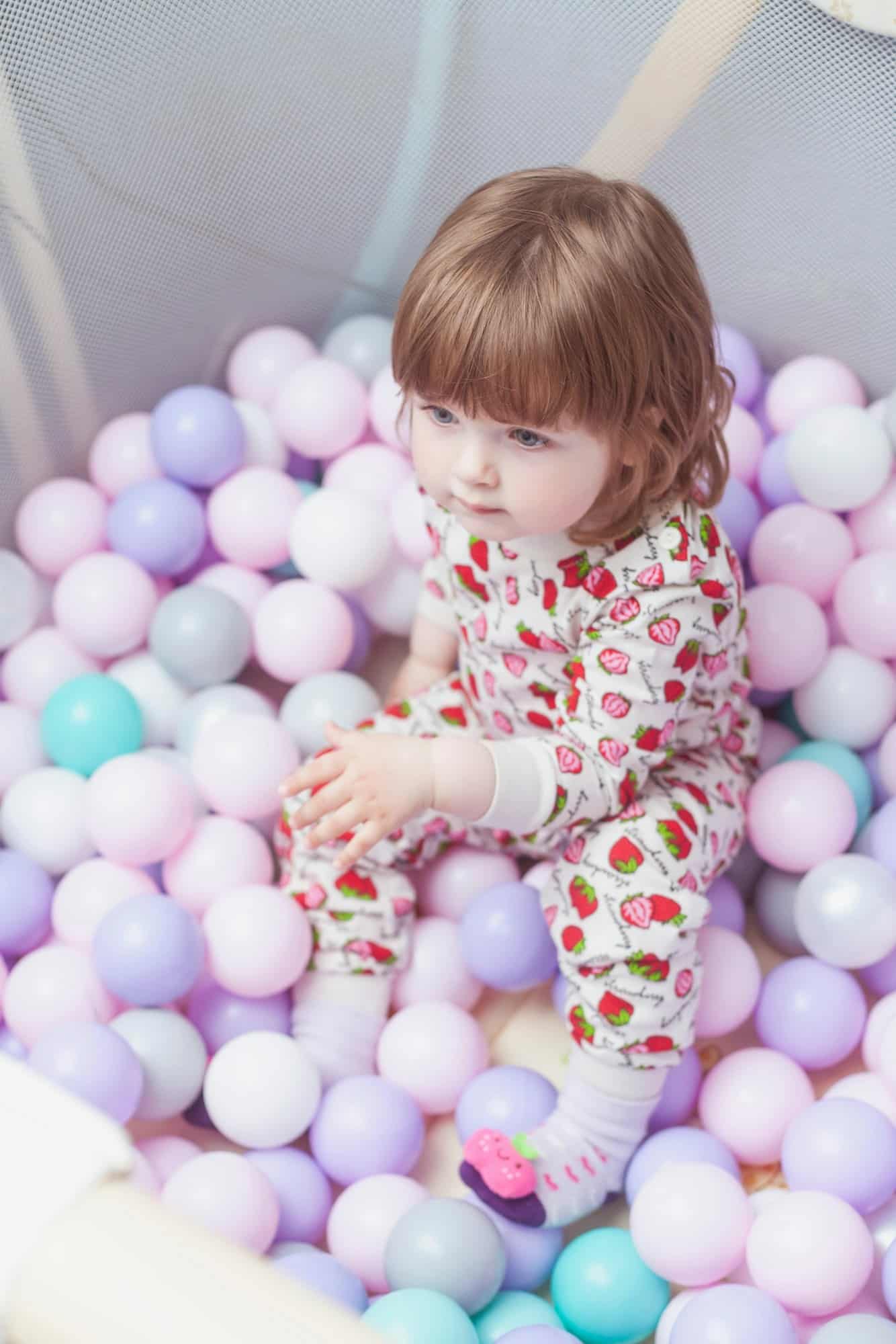How to Construct a Safe and Stimulating Playpen for Ferret Kits?

Caring for ferret kits involves a lot more than just providing food, water, and shelter. Ferret kits are notoriously playful and need a safe and stimulating environment to grow and thrive. One of the best ways to provide such an environment is by constructing a playpen specifically suited to their needs and preferences.
Creating a playpen for your ferret kits not only ensures their safety but also keeps them mentally and physically engaged. A well-designed playpen can be a haven for your ferret kits where they can play, explore, and satisfy their natural instincts.
A découvrir également : What’s the Most Effective Method for Teaching Your Rat to Navigate a Maze?
In this article, we will guide you through the process of constructing a safe and stimulating playpen for your ferret kits.
Understanding Ferret Kits’ Needs
Before designing the playpen, it’s crucial to understand what ferret kits need and enjoy. Ferret kits are active, curious, and natural explorers. They require a lot of stimulation and exercise to stay healthy and happy.
A voir aussi : What Are the Best Hypoallergenic Bedding Options for Pets with Allergies?
Ferret kits love to climb, dig, hide, and explore. These are natural instincts for these animals. Thus, any playpen for them should have elements that allow them to do these activities.
Additionally, safety should be a paramount consideration. Ferret kits have tiny bodies and are prone to injuries. They can easily squeeze through small gaps or get stuck in tight places. Thus, the playpen should be designed such that it doesn’t have any sharp edges, small gaps, or tight spots that could pose a risk to the kits.
Choosing the Right Materials
Choosing the right materials for the playpen is key to ensuring the safety and comfort of your ferret kits. The materials should be durable, safe, and suitable for ferret kits’ activities.
For the base of the playpen, you could use a large plastic tray or a thick piece of plywood. The sides of the playpen should be made from a material that the kits can’t climb or chew through. Wire mesh or Plexiglas are good options. However, if you are using mesh, make sure the gaps are small enough to prevent the kits from squeezing through.
The playpen should also include a variety of toys and objects to stimulate the kits. These could be tunnels, platforms, ramps, digging boxes, or hammocks. It’s important to remember that these toys should be safe for the kits to use. Avoid toys with small parts that the kits could choke on.
Constructing the Playpen
The construction phase begins once the necessary materials are at hand. Start by creating a flat base for your playpen. This should be large enough to incorporate all the toys and objects you plan to include.
Next, attach the sides to the base. Make sure that they are secure and that there are no gaps that the kits could squeeze through. If you are using a wire mesh, it’s advisable to cover the edges with a soft material to prevent the kits from hurting themselves.
After the basic structure of the playpen is complete, you can start adding the toys and objects. Platforms and ramps can be attached to the sides of the playpen using brackets. Tunnels can be placed on the base, and a digging box can be filled with safe, non-toxic digging material like shredded paper or fabric.
Regular Maintenance and Safety Checks
Once your playpen is complete, it’s important to carry out regular maintenance and checks to ensure it remains safe and stimulating for your ferret kits. Check all the toys and objects in the playpen regularly for signs of wear and tear. Any broken or damaged toys should be removed and replaced to prevent injuries.
Regular cleaning is also essential. Ferrets are clean animals, and a dirty playpen can lead to health issues. Clean the playpen and the toys regularly with a safe, non-toxic cleaner to keep them fresh and hygienic.
Adapting the Playpen as Your Ferrets Grow
As your ferret kits grow, their needs and preferences might change. They may outgrow some toys, or their play behavior may change. It’s important to be observant and adapt the playpen accordingly.
For instance, as your ferrets grow bigger, you might need to increase the height of the sides of the playpen to prevent them from escaping. Or you may need to introduce more complex toys or obstacles to keep them stimulated.
In conclusion, creating a safe and stimulating playpen for your ferret kits is a rewarding task that benefits both you and your furry friends. With some planning, the right materials, and a little time and effort, you can create a haven for your ferret kits that will keep them happy, engaged, and safe.
Ensuring the Playpen Offers Adequate Stimulation for Your Ferret Kits
Now that we have a basic understanding of what a safe playpen for your ferret kits should entail, let’s delve into the specifics of ensuring the playpen provides the right amount of stimulation. Keep in mind the characteristics of ferret kits – they’re playful, curious, and energetic. Incorporating an array of activities and challenges in the playpen can help them develop their skills and satisfy their curiosity.
To begin with, always ensure there are ample toys available in the playpen. Try to select toys with different textures, shapes, and functionalities for variety. Interactive toys such as balls with bells inside, squeaky toys, or toys that move or make noise when interacted with can greatly stimulate their senses.
Creating different zones within the playpen can also make it more interesting for your kits. For instance, designate a specific area for digging filled with safe materials like shredded paper or sand. A climbing zone could include ramps, platforms, or hanging ropes.
A hiding zone is another important addition to consider. Ferrets have a natural instinct to burrow and hide, so provide them with tunnels, hammocks, or small boxes to satisfy this instinct.
Lastly, remember to frequently rotate the toys and activities in the playpen to keep the environment new and exciting for your ferret kits.
Final Tips and Conclusion
Creating the perfect playpen for your ferret kits is a proactive and rewarding endeavor. However, there are a few final tips to remember.
Firstly, always supervise your ferret kits when they are in the playpen, especially in the initial stages. This will allow you to observe their behavior and make any necessary adjustments to the playpen.
Secondly, it’s crucial to remember that the playpen is not a replacement for social interaction. Ferrets are sociable animals and require plenty of interaction with their human caretakers and fellow ferrets. So, while the playpen is a great tool for stimulation and exercise, it does not replace the need for socialization.
Lastly, remember to respect your ferret kits’ needs and preferences. Some kits may prefer more climbing activities, while others may enjoy more digging or hiding. Tailor the playpen according to their individual preferences to make it a truly personalized space for them.
In conclusion, constructing a safe and stimulating playpen for ferret kits requires understanding their needs, choosing the right materials, ensuring regular maintenance, and adapting the playpen as they grow. The playpen can be a fascinating world for your kits, filled with adventures and challenges that keep them mentally and physically engaged. With a little effort and creativity, you can create a haven that your ferret kits will love and enjoy.
